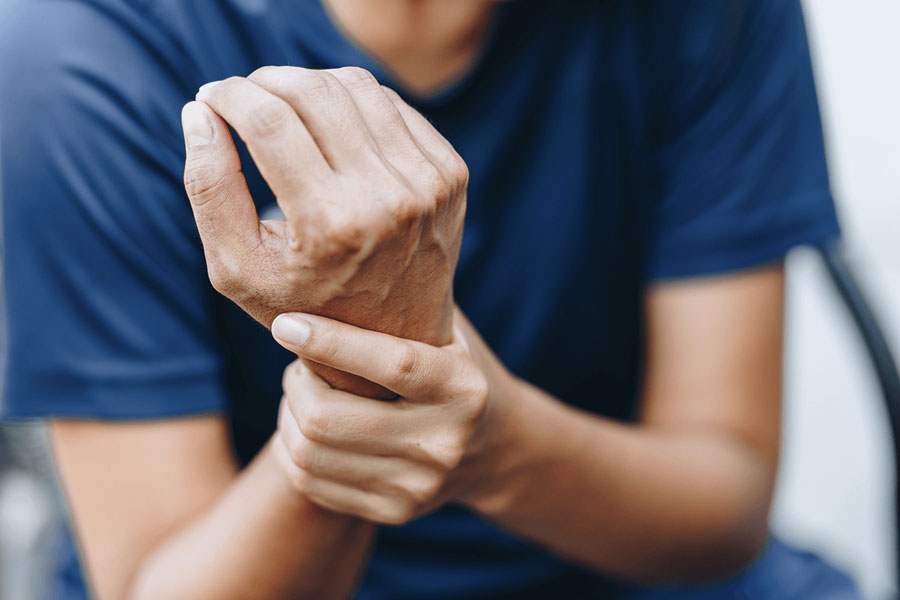Heat Stress and Heat Stroke
Beat the Heat: Understanding Heat Stress and Heat Stroke
As the summer sun beats down, municipal employees who work outdoors face a heightened risk of heat exhaustion. From sanitation workers to road maintenance crews, these individuals are on the frontline, ensuring our communities run smoothly despite the sweltering heat. Understanding how to prevent heat stress and heat stroke is not just about comfort; it’s about safety and well-being. Here are essential strategies for municipal employees to stay cool and avoid heat-related illnesses. Anyone performing physical or athletic activities on hot or humid summer days is at risk for heat-related illnesses. Those likely to be in danger include municipal, fire, police, and public school employees and students. Heat stress, especially heat stroke, can be life-threatening. Luckily, they are almost always preventable.
Who is at risk?
- While everyone is at some risk from high temperatures, people with chronic health conditions (such as cardiovascular disease, diabetes, or obesity) over age 35 are more susceptible to heat illnesses
- Employees new to outdoor jobs are also at high risk
- Individuals who have not yet acclimated to the heat–heat-related illnesses and related claims spike on the first hot days of summer
CONN-OSHA recommends that public employers:
- Provide employees with water, scheduled rest, and shade
- Allow new or returning employees to gradually increase outdoor duties and take more frequent breaks as they build tolerance for working in the heat
- Plan for emergencies and train employees in prevention
- Monitor employees regularly and often for signs of possible illness
Hydration is Key
- Stay Hydrated: Dehydration is a primary contributor to heat exhaustion. Municipal employees should drink water frequently, even if they do not feel thirsty. Aim for at least eight ounces of water every 15-20 minutes during intense physical activity in hot weather
- Avoid Caffeine and Alcohol: These substances can increase dehydration. Stick to water and electrolyte-replenishing drinks to maintain proper hydration levels
- Implement Hydration Breaks: Employers should schedule regular hydration breaks. Providing cool, shaded areas for these breaks can help employees cool down and stay hydrated
Dress for the Weather
- Wear Lightweight, Light-Colored Clothing: Dark colors absorb heat, while light colors reflect sunlight, keeping the body cooler. Breathable, loose-fitting clothing allows for better air circulation.
- Use Protective Gear: Hats, sunglasses, and sunscreen with high SPF can protect against direct sun exposure. Some specialized workwear includes moisture-wicking fabrics that keep the body dry and cool.
CIRMA urges its members to implement a heat-related illness prevention program to ensure the health and safety of their employees. Check out OSHA’s web resources on occupational heat exposures and preventative measures, and the University of Connecticut/Korey Stringer Institute’s information on heat-related illnesses and student athletics.
Access CIRMA.org for more important employee training and education tools and resources on relevant seasonal topics.











